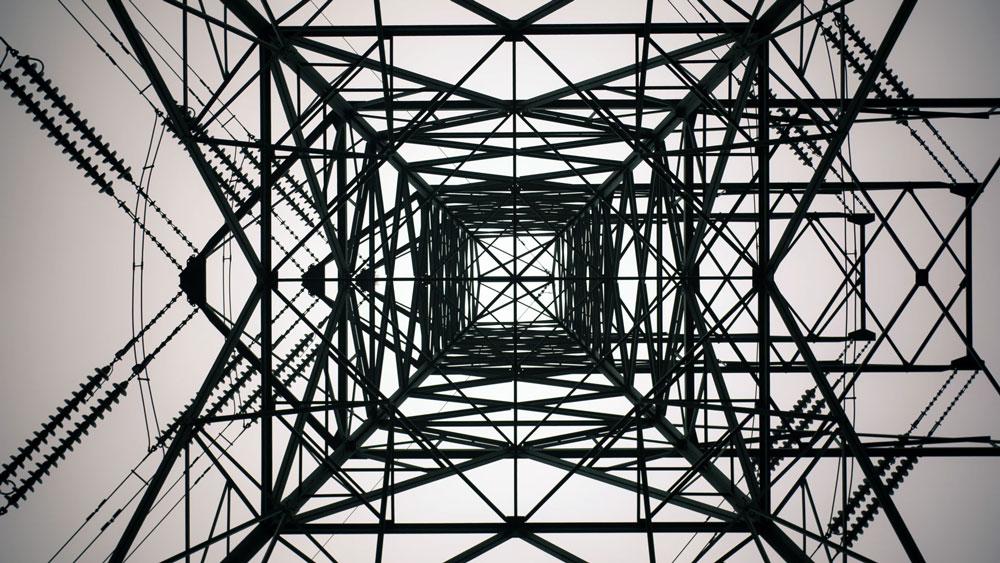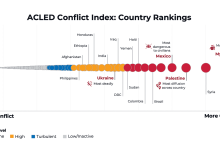Romania energy strategy 2016-2030
National production of hydrocarbons, on downward trend
According to the Energy Strategy of Romania for 2016-2030, finalised in December 2016, the oil production will slowly decline during 2030-2050, with the possibility that, after 2035, to head towards zero, in the context of low oil prices, a similar trend is expected in the case of gas production that could fall towards zero after 2045, according to the project.
Romania’s Energy Strategy has five fundamental objectives: energy security; competitive energy markets, base of a competitive economy; clean energy and the sustainability of the energy sector; modernization of energy governance; protection of vulnerable consumers and cutting the energy poverty.
“For the solid foundation of the strategic options, a comprehensive study, detailed on macroeconomic modelling, was conducted, with the numerical simulation and comparison of nearly 50 scenarios, under-scenarios and sensitivities. The modelling was performed by the international consortium Ernst & Young,” the Ministry of Energy informed.
Primary energy sources: Domestic production and imports
Regarding crude oil, the low price on the international market has drastically cut, in the past two years, the investments in exploration and in the development of new deposits and the effect is fully felt in Romania, the document reads. Although the gradual recovery of oil prices is likely and, consequently, the partial recovery of investments in the sector, Romania’s oil production is on a downward trend, with a low level of reserves’ replacement due to the high degree of depletion of deposits. The increase of the recovery rate is possible, but the investments are substantial and require specific regulatory framework. Only the discovery of new deposits can sustain the current level of activity in the oil sector.
The modelling results show the halving of domestic oil output to about 2 million tons in 2030. Over medium and long term, the higher dependence on imports can be avoided only by encouraging the exploration and production operations, with increased efficiency in fuel consumption.
A similar situation is found for natural gas. The production has stabilized in recent years, due to investments in extending the lifetime of existing fields and in developing new ones. In 2015, the production was at a level close to that of demand.
The modelling results show different curves of the developments for natural gas production, in various price scenarios. The annual production is expected to fall slightly to an average of 9-10 bcm during 2016-2030. In all scenarios, the onshore production is expected to decline, whereas the maintaining of a low degree of dependence on imports is conditional on the development of the newly discovered reserves in the Black Sea. Additional gas resources from offshore fields are included in Romania’s energy mix in all scenarios, except for the unlikely one of registering low prices over long term, which does not justify further investment.
The time when production from the new gas fields will begin is under a high degree of uncertainty. Thus, in the scenario involving a rapid return to high prices, the production in the Black Sea would reach the peak around 2025.
The persistence of medium-low prices could delay the development of deposits.
The modelling estimates the deposits development and achieving the maximum output in 2030 at the latest.
Romania is a net exporter of electricity and petroleum products, but imports approximately 70% of its crude oil consumption, part of the natural gas and small amounts of coal and uranium ore. Considering the exports of petroleum products, the degree of dependence on crude oil imports to cover domestic consumption is of about 50%.
In 2015, net imports accounted for 16% of the primary energy consumption, the third lowest level among the EU28 Member States. The concurrent development of natural gas resources in the Black Sea and the project for units 3 and 4 at Cernavoda nuclear power plant might place Romania in the position of natural gas net exporter. According to current data, the offshore output in the fields discovered until now in the Black Sea will be concentrated during about 10 years, and the doubling of the nuclear energy production will replace natural gas and coal in the energy mix.
If no new nuclear reactor is built, the higher share of natural gas in the electric energy mix can generate a situation of relatively high dependence on imports.
Over long term, the depletion of hydrocarbon deposits makes likely a slight rise in imports, but their share will not exceed, probably, 25% of the domestic consumption in 2030 – almost entirely crude oil, the draft proposed for debate reads.
In analysing the strategic option to encourage an increasing share of natural gas in the electricity mix in Romania, a central element is the supply of this resource. Although Romania is covering almost entirely the domestic demand for natural gas from its own production, the existing onshore reserves are depleting. In order to significantly avoid higher dependence on imports, even if they will be available from various sources and through alternative routes, the development of offshore fields discovered in recent years in the Black Sea is needed. “This is a sine qua non condition in order to be able to rely on natural gas in the electricity mix,” experts say.
Price impact on investments
The direct investments in the energy sector, in domestic production of primary energy, in natural gas storage and in turning the primary resources into fuels, electricity and heat are important for the Energy Strategy.
The investments in exploration and production of hydrocarbons are hard to estimate over long-term, due to large fluctuations in international prices, to the relative opacity of the sector, respectively; therefore, they are not subject to quantitative analysis, the document reads.
The OMV Petrom reports during 2011-2015 mention average annual investments in exploration and production of about EUR 920 million, but the level is much lower in 2016, due to the low prices of crude oil. The most recent Romgaz report mentions average annual investments in exploration and production of about EUR 200 million during 2014-2015 and a level also lower in 2016.
New investments are planned for increasing the injection, extraction and storage capacity of natural gas in underground storage. Their achievement depends on the development of the natural gas market in Romania, including by the incorporation of new services regarding storage on commercial principles.
The operational refineries are, following an extensive process of restructuring and upgrading, competitive at regional level. As net importer of crude oil, Romania exports petroleum products in the region and there are favourable conditions for maintaining the current operational level in the refining sector, at least until 2030.
The oil companies are investing in exploration and development of new deposits, so as to hold reserves in order to maintain the average annual production.
For Romania, the main challenge is to maintain or increase the reserves and production, in order to cover as much of domestic demand. There is still potential for the discovery of new deposits, so there are expectations for the investments to increase over the medium term and, in the event of significant discoveries, over the long term.
Estimates for 2030-2050
It is estimated that the crude oil production will continue its slow downward trend during 2030-2050 from 22 to 13 TWh (from 1.93 to 1.15 million toe). In the ambitious scenario of decarbonation combined with low oil prices, the oil production will have a turning point in 2035, from which point there will be a steep drop to zero.
The natural gas production will decrease, after reaching a new high of 132 TWh by 2025, as a result of the output in the Black Sea, from 96 TWh in 2030 to 65 TWh in 2050. Similar to the crude oil evolution, the low-price scenarios anticipate a fall to zero of the gas production as of 2045.
Periodical updates of the energy strategy
The quoted document specifies that, in order to respond to changes in context, once in five years at the latest, will take place: the update of data and of the system analysis; a new qualitative analysis of the trends in the national energy system; redefining the scenarios and the new quantitative modelling; revision of the targets and of the priorities for action.
In the first eight months of this year, Romania’s output of oil products totalled 8.44 million tons, according to the National Institute of Statistics. At the end of August, stocks included 92,000 tons of gasoline, 348,000 tons of diesel fuel and 37,000 tons of naphtha. The exports of oil products amounted to 3.387 million tons during that interval.







